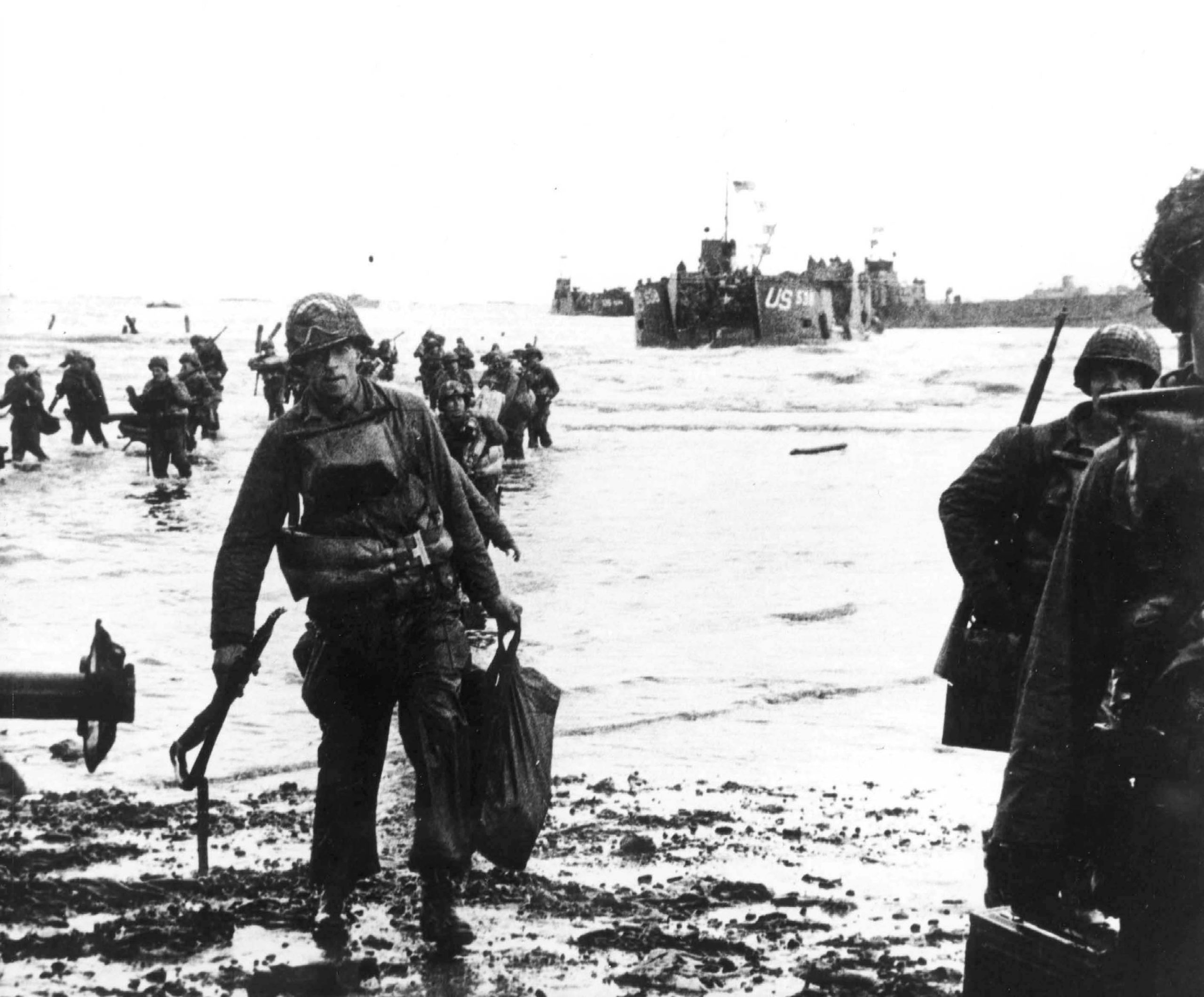
In the cool, early morning hours of June 6, 1944, a group of Army Rangers embarked on a perilous mission that would etch their names into the annals of military history. The objective: capture the German-occupied Pointe du Hoc, a strategic high ground between Utah and Omaha Beaches, where a battery of 155mm guns loomed menacingly over the Allied forces storming the beaches below.
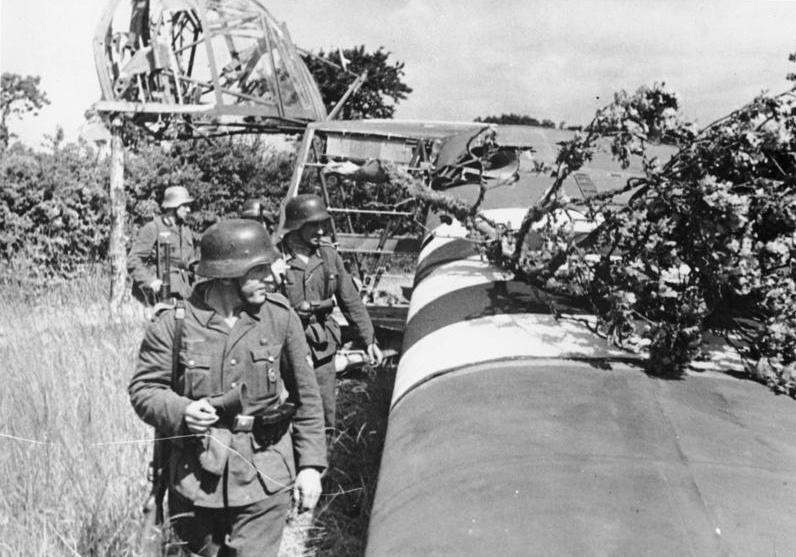
Viele bei der anglo-amerikanischen Invasion eingesetzte Lastensegler wurden von unserer Flak abgeschossen oder zerschellten bei der Landung am Boden.
Dieser Lastensegler ging zwischen deutschen Truppen nieder und rannte gegen einen Heckenwall. Einige Insassen waren tot, der Rest konnte von unseren Soldaten sofort überwältigt und gefangen genommen werden.
[Sommer 1944]
The cliffs at Pointe du Hoc, rising up to 100 feet, presented a formidable natural fortress, heavily fortified by the German army. Despite the daunting task, the 2nd and 5th Ranger Battalions, under the command of Lieutenant Colonel James E. Rudder, were determined to neutralize this threat.
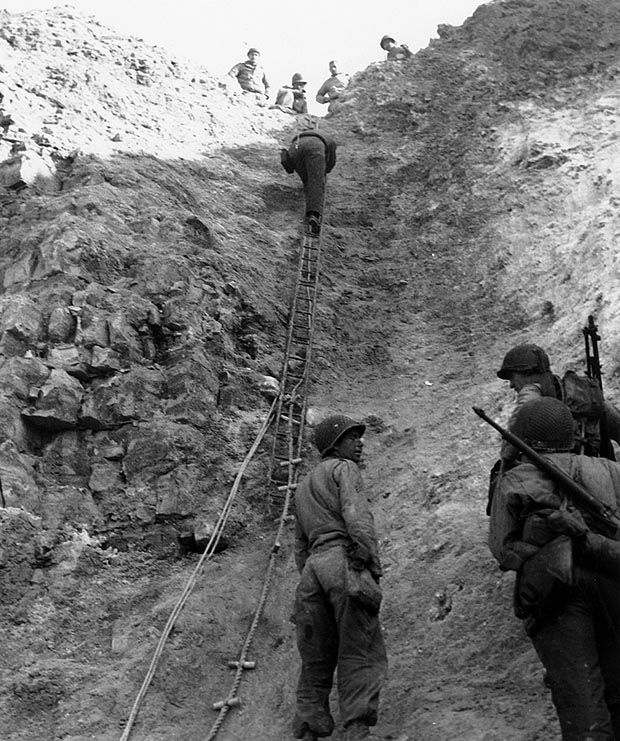
Decades later, at a recent ceremony in Normandy, the valor of these Rangers was commemorated, their legacy honored by military leaders, veterans, and even the reigning Miss America, all gathered to pay tribute. General Michael Erik Kurilla, head of U.S. Central Command, emphasized the importance of their sacrifice: “(They) passed the responsibility for defending freedom and liberty on to us… a responsibility to remember.”
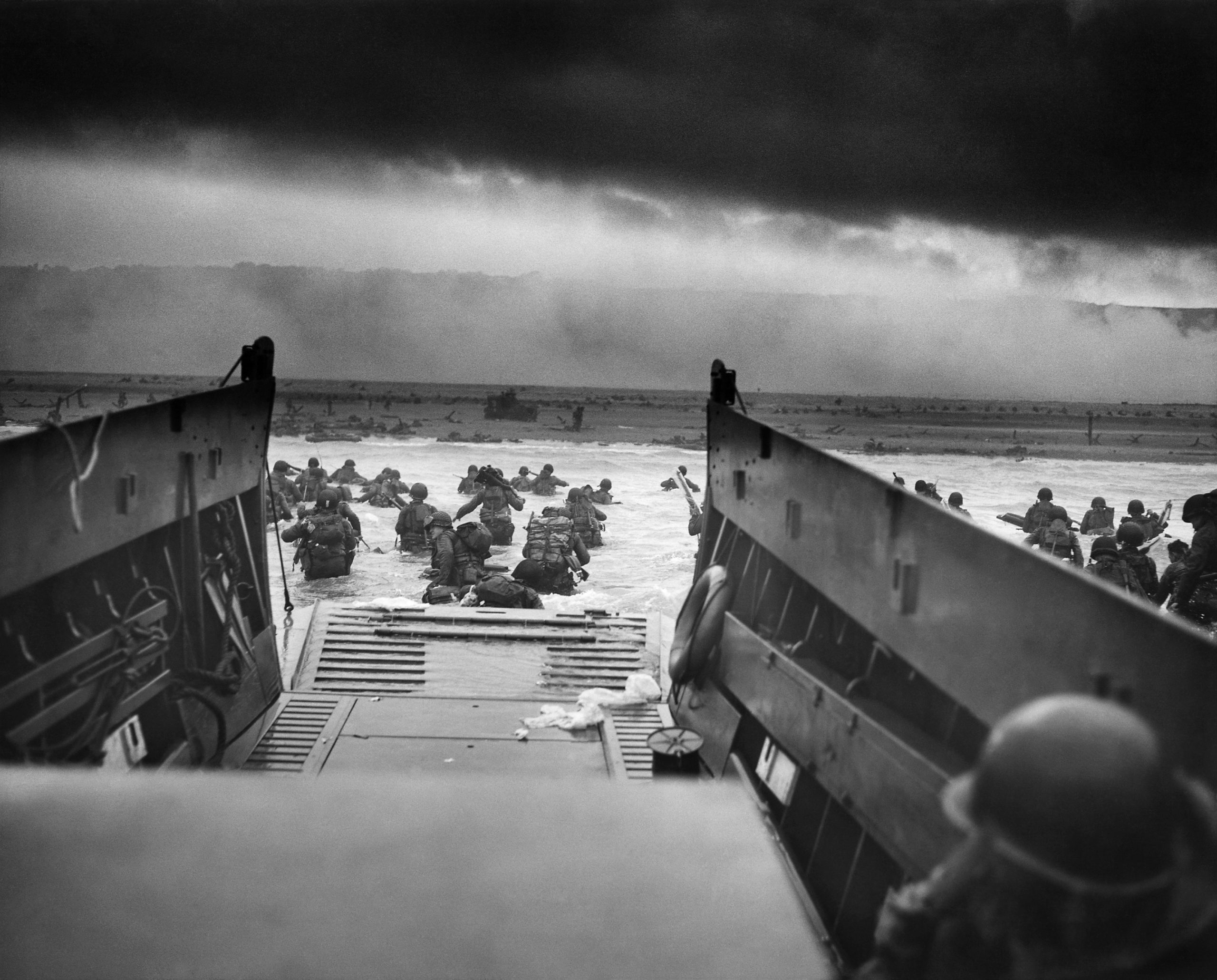
The plan for this high-stakes operation involved a direct assault on the cliffs using ropes and ladders. Rudder’s Rangers, as they became known, trained vigorously, employing trial and error to perfect the art of cliff climbing. On D-Day, these well-prepared troops braved choppy seas, enemy fire, and treacherous climbing conditions to reach their target.

As the landing craft approached the shores, the Rangers were met with relentless German fire. One of the landing craft capsized, reducing their numbers before even setting foot on the ground. Yet, in the face of intense opposition, they pressed on.

The assault began behind schedule, complicating the mission further as naval support ceased their bombardment, mistakenly believing the Rangers had already landed. Unbeknownst to the Germans, the Rangers, equipped with grapnel-tipped rockets and extension ladders sourced from the London Fire Department, had trained for this very moment.
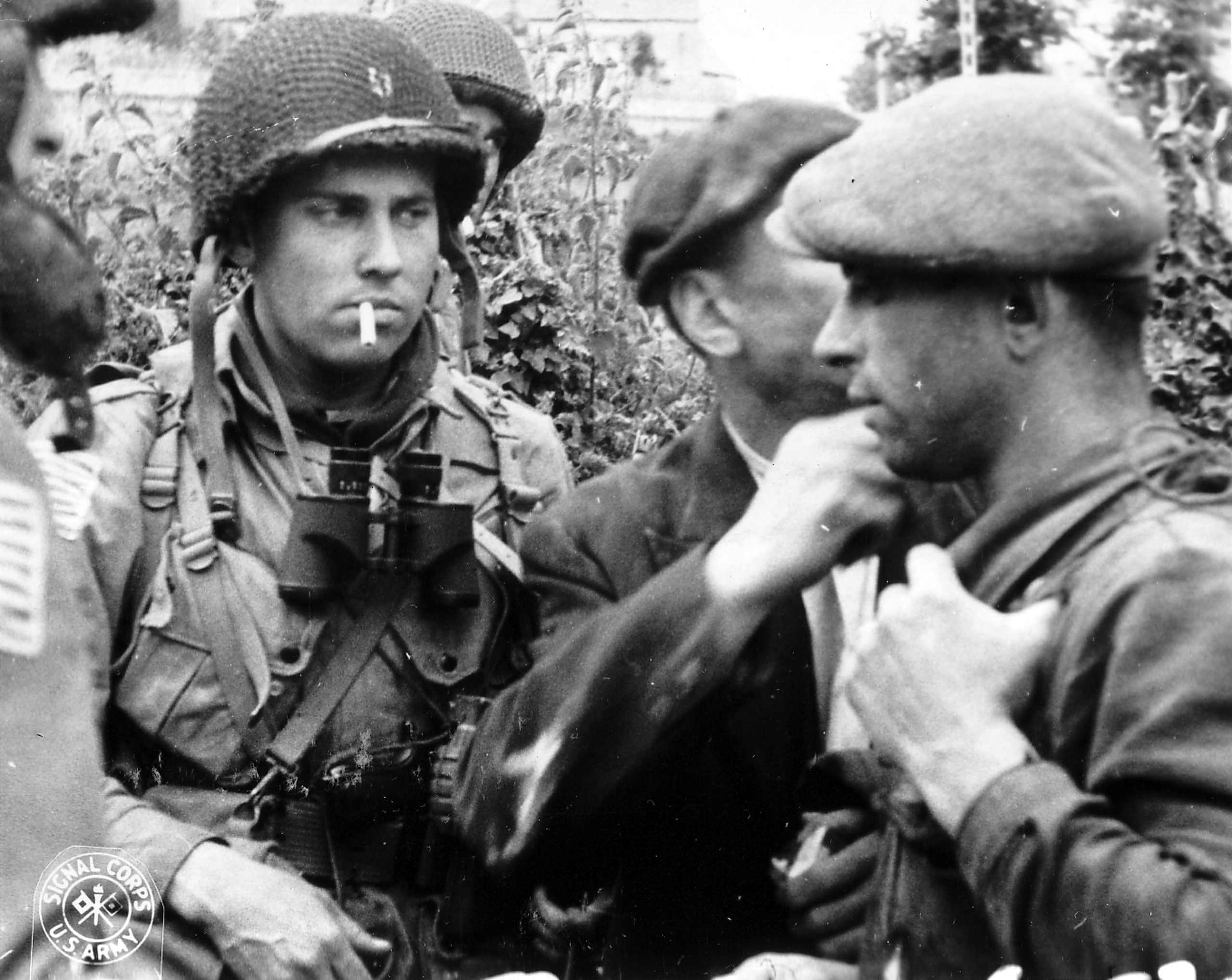
Despite wet ropes that made the ascent more difficult, and enemy troops cutting some of their lines, the Rangers tenaciously scaled the cliffs. “No soldier in my command has ever been wished a more difficult task than that which befell the thirty-four-year-old Commander of this Provisional Ranger Force,” wrote Lieutenant General Omar N. Bradley in his memoir, “A Soldier’s Story.”
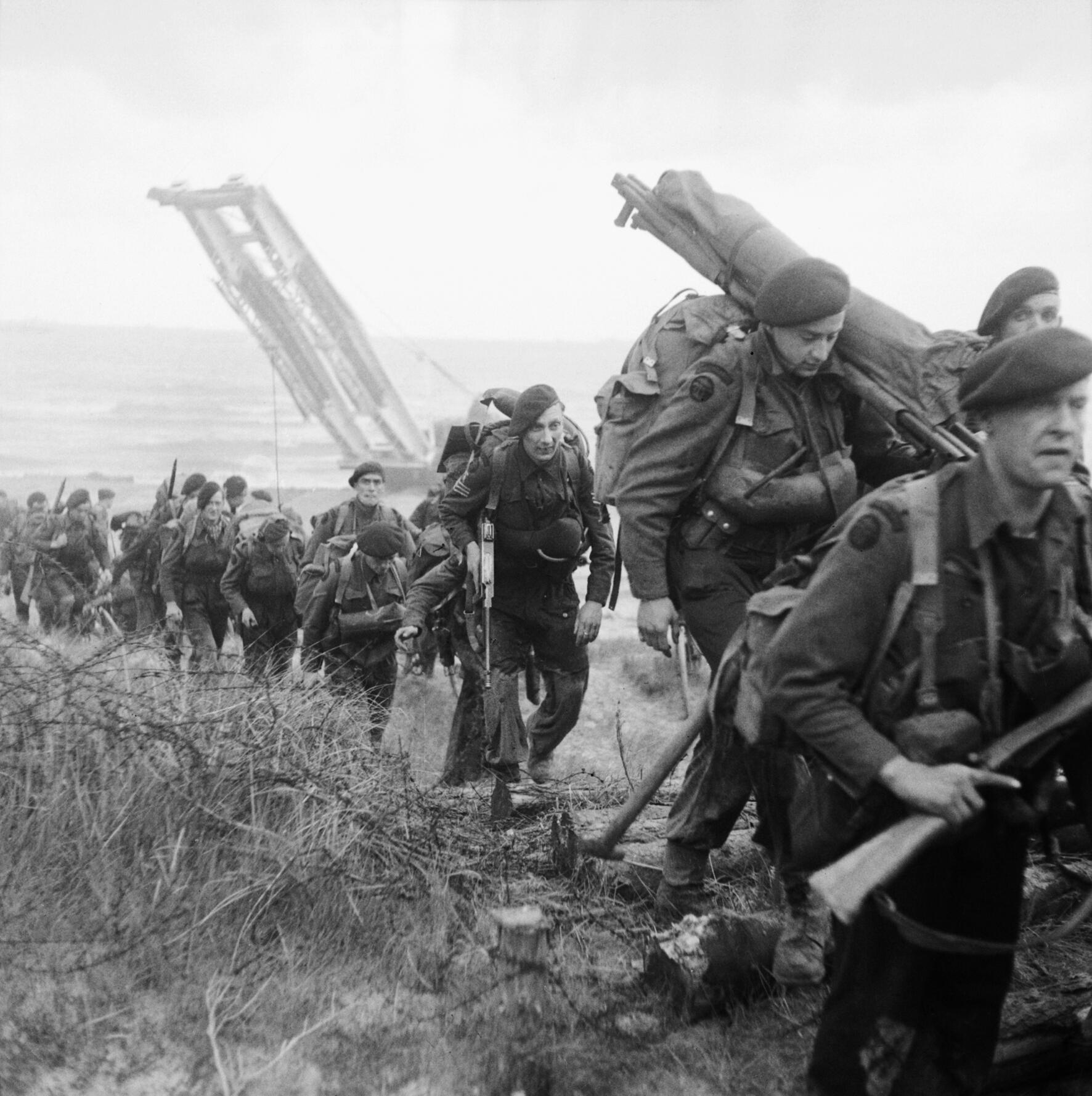
Once at the top, the Rangers found a landscape scarred beyond recognition by aerial bombings and artillery fire. Their objectives, however, remained clear: to destroy the German artillery threatening the invasion and secure the area.
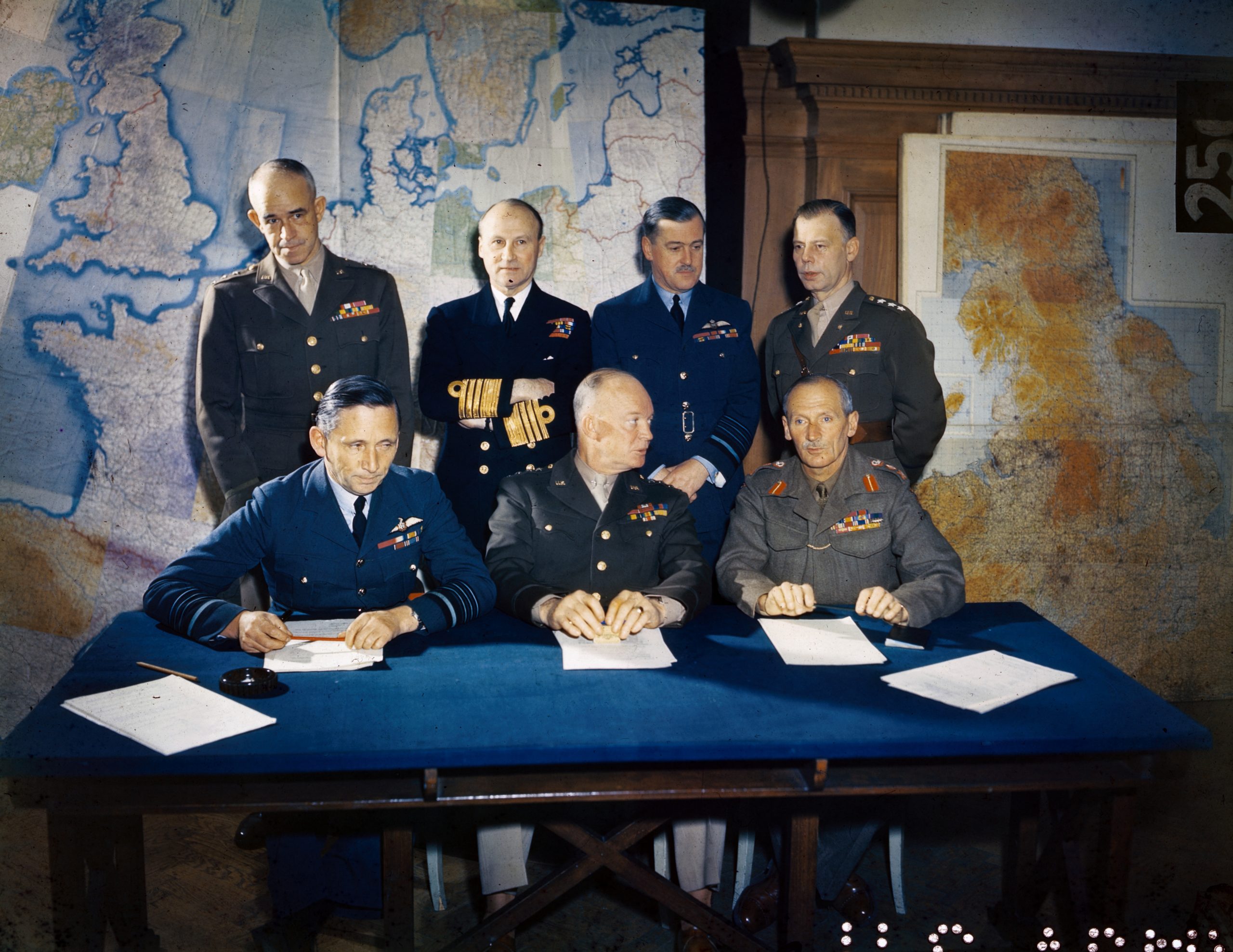
The Rangers discovered that the German guns had been moved to evade the Allied bombardment, forcing them to adapt their plan. After intense searching, they located and disabled the guns, ensuring the safety of their comrades on the beaches below.

The 2nd and 5th Ranger Battalions paid a heavy price for their bravery; out of the initial force, only a fraction remained combat-ready after the mission. Yet, their actions proved crucial to the success of the D-Day landings and the subsequent liberation of Europe.

In a stirring speech at the Pointe du Hoc Ranger Monument, President Ronald Reagan once hailed these men as the “Boys of Pointe du Hoc,” a nod to their unwavering courage. The monument, overlooking the very cliffs they scaled, stands as a testament to their sacrifice.
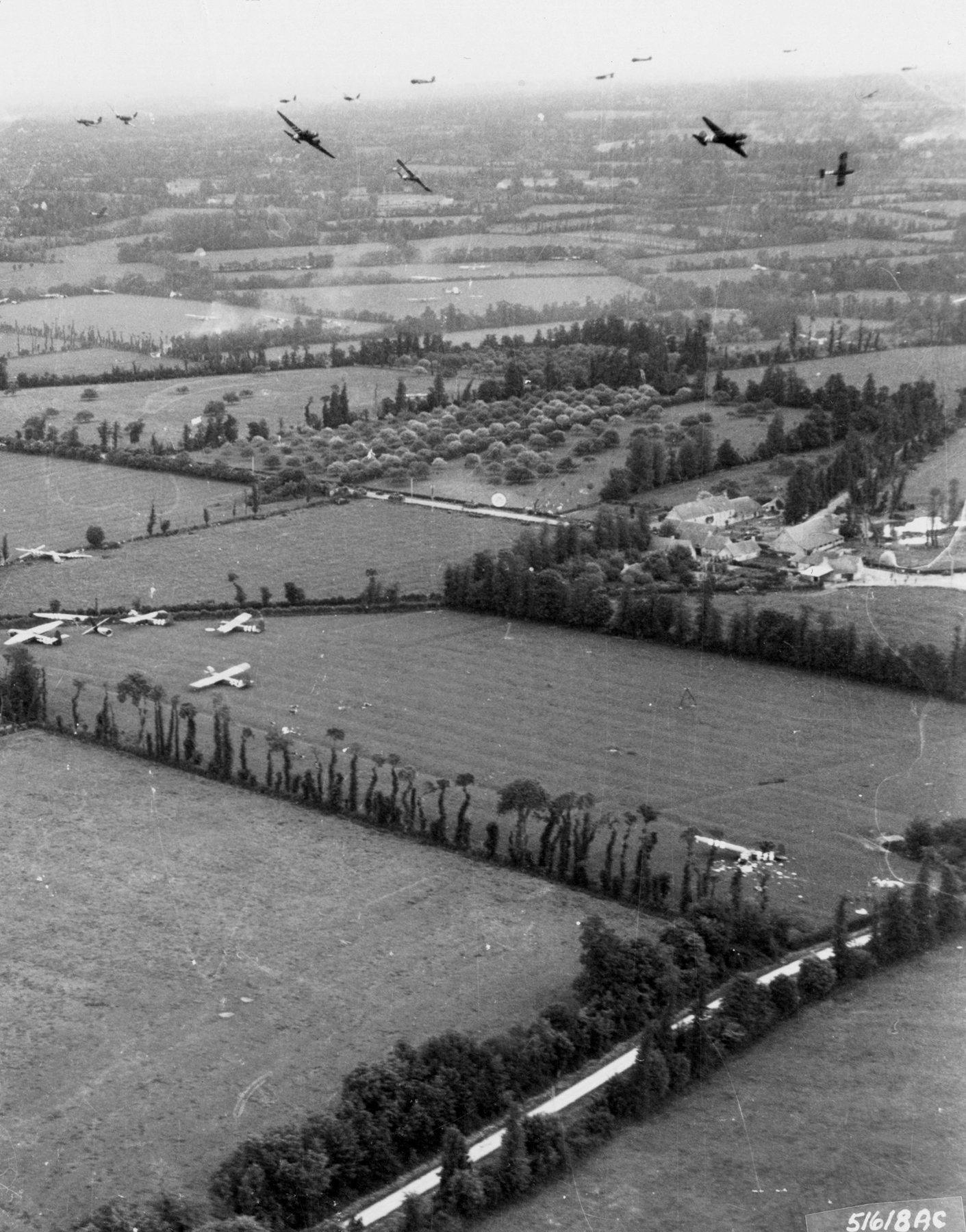
Decades on, the echoes of their heroism resonate through the generations, inspiring those who serve today. As Maj. Justin Wright from the 75th Ranger Regiment reflected, visiting the site of the historic battle serves as a powerful reminder of the enduring duty to safeguard freedom.
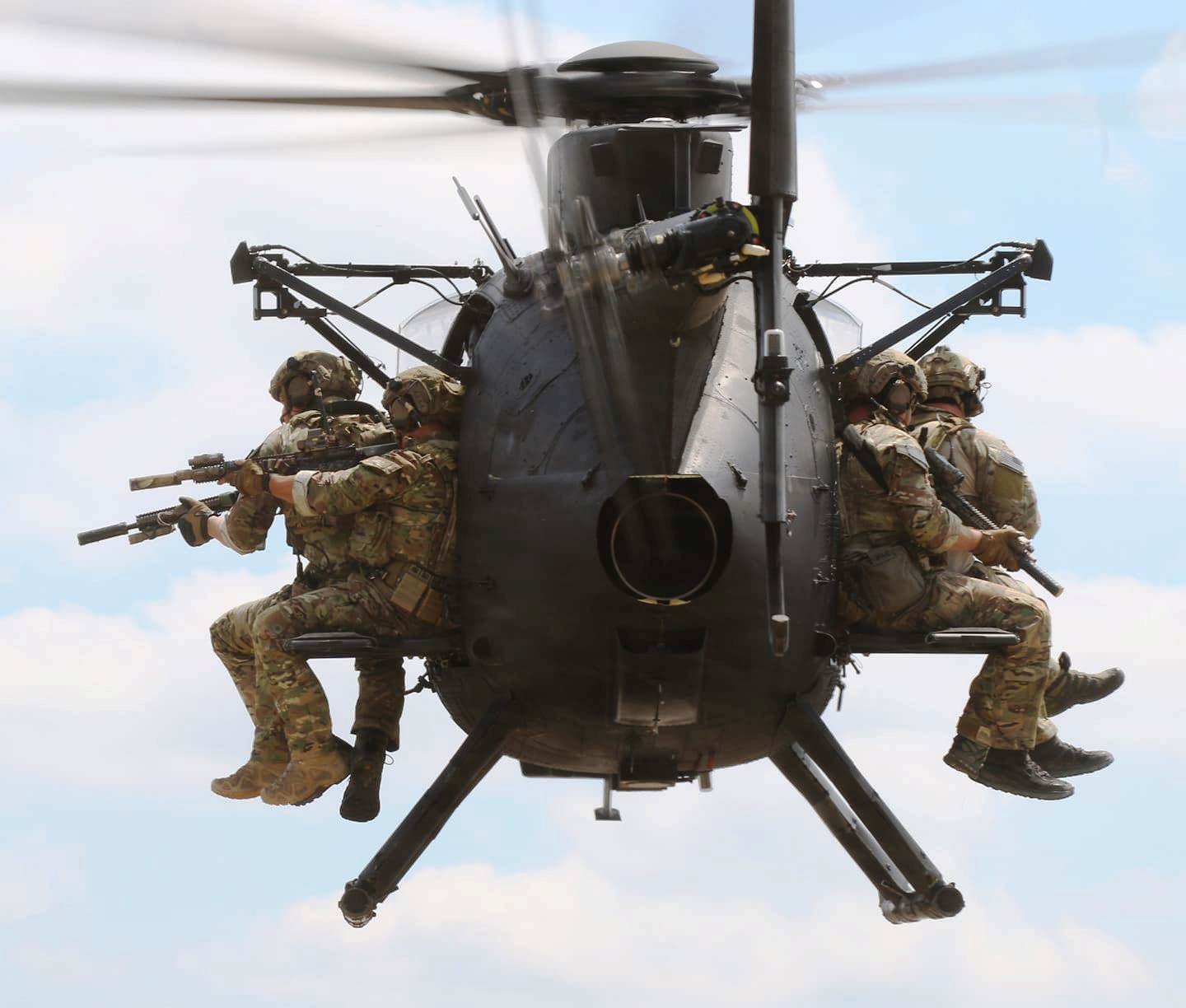
Kenneth B. Smith, now 99, a World War II veteran who supported the Rangers from the USS Satterlee, underscored the importance of remembering the past while looking to the future. “I just hope they stay alert,” he said, urging the younger generation to strive for a world without war.
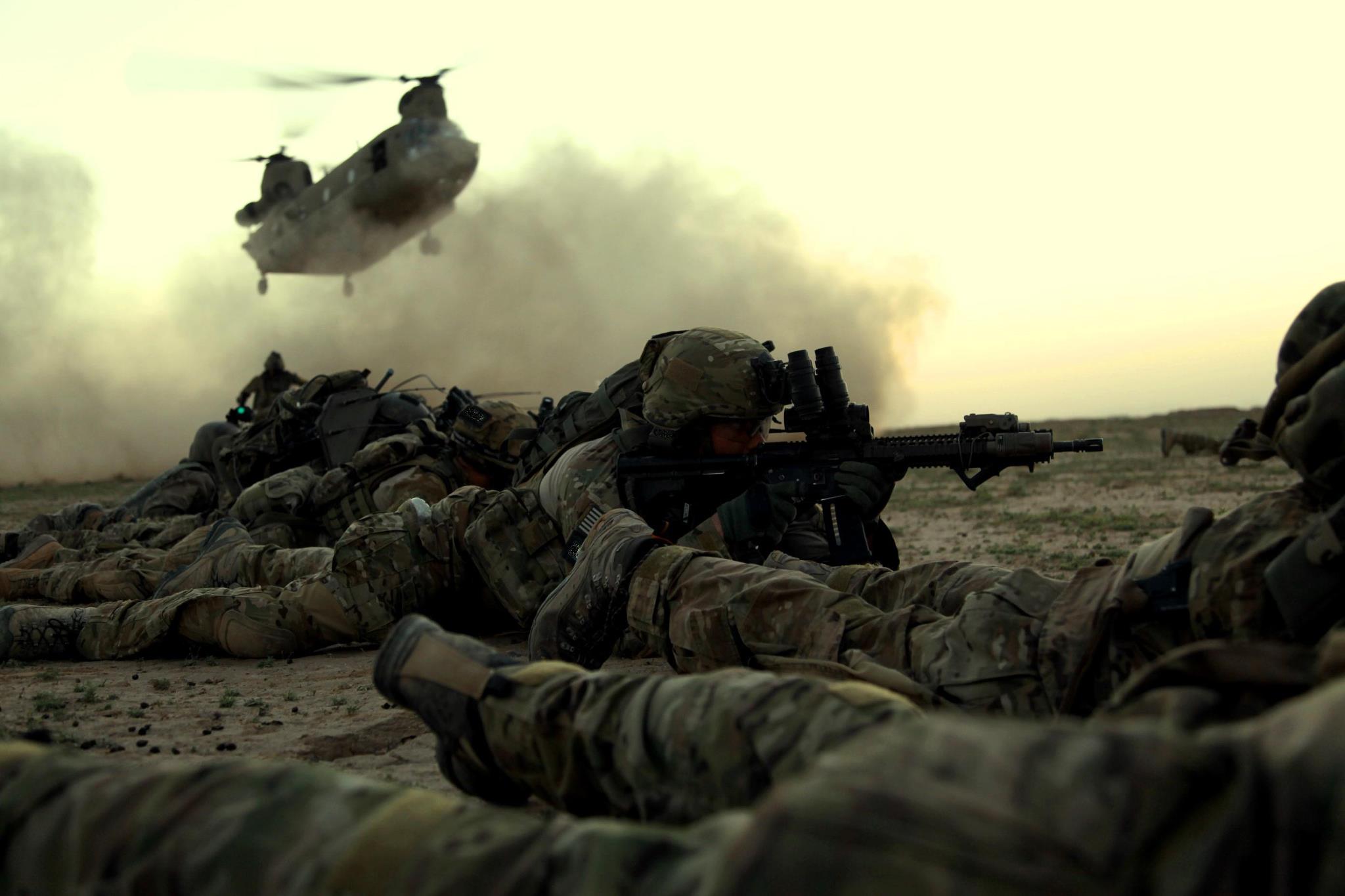
Today, the Ranger creed continues to embody the spirit of those who fought so valiantly at Pointe du Hoc. While the tactics and technology of warfare have evolved, the principles of valor, sacrifice, and remembrance remain as vital as ever.
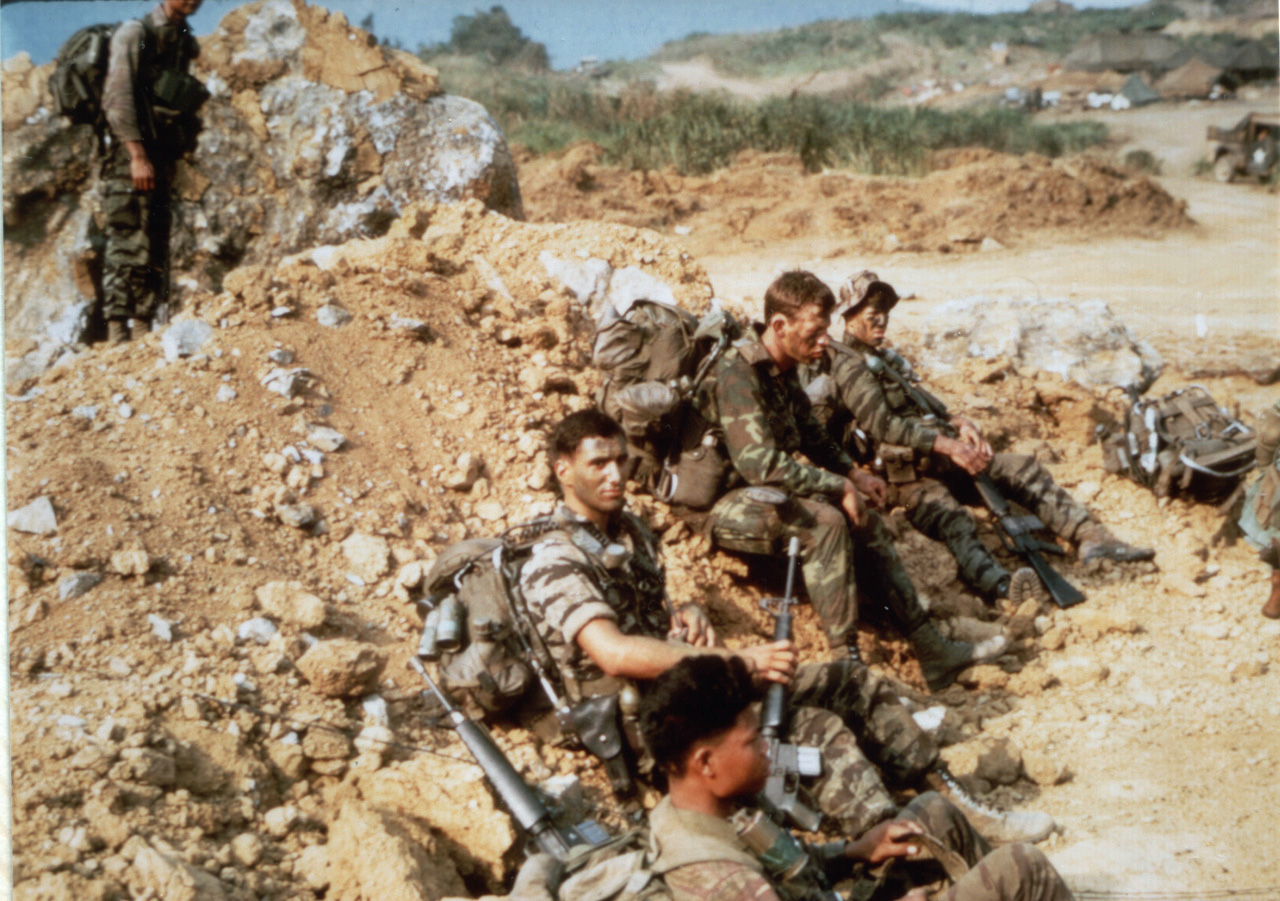
Relevant articles:
– Rudder’s Rangers and the Boys of Pointe du Hoc: The U.S. Army Rangers’ Mission in the Early Morning Hours of 6 June 1944, armyhistory.org
– Army Rangers who climbed perilous cliff to silence German guns remembered ahead of D-Day anniversary, Stars and Stripes

